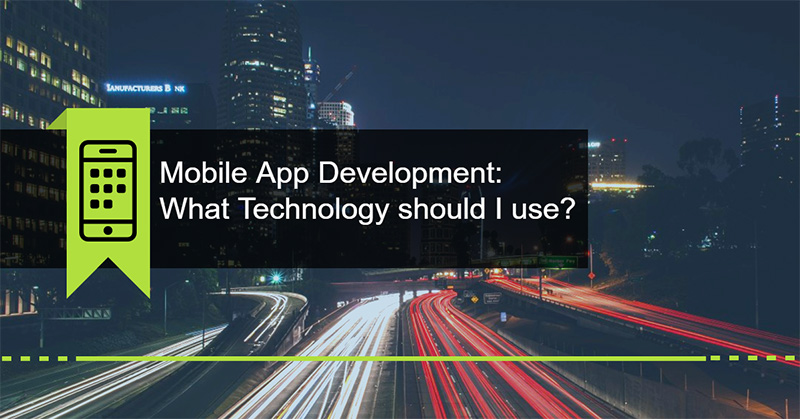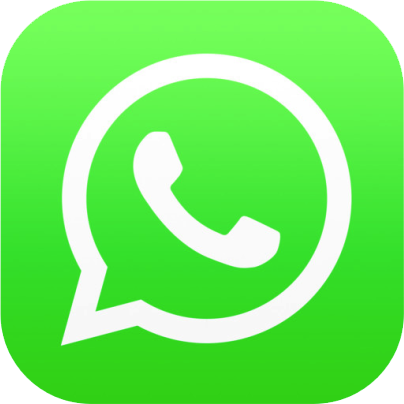
Whether you are going to build the Web App or Mobile App on your own or you are going to hire an experienced web apps development company for your mobile or web app server development, you are still going to face the same question “What technology should I use?”.
So you decided to build an App, Congratulations! Now you are facing this question exactly. The most important thing here, is to understand that it does matter, and it’s crucial for you App success and your startup future. We will try to give you some guidelines, same guidelines we give all of our clients when they first set foot in our doors. to better understand how to answer this question we’ll need to clarify a couple of things about mobile app development.
Do I need a Server side for the app?
As a rule of thumb, yes, you will need a server for your mobile app. Most Mobile apps and all Web Apps needs a “backend”, a server, to communicate with and to help them keep track of user data, app data, schedule events and push to the mobile app, process data, manage the mobile app and more. There are few cases where a mobile app doesn’t need any kind of server to operate at all (for example, a simple game, or a simple tool like flashlight app).
But as soon as you need to dynamically control the app content or keep user data you will need a strong backend to do so.
You can read more about this in this article: Why does my Mobile App need a server?
What Server side Technology is good for a Mobile App?
You can build your Mobile App server using practically any technology that is out there today, and there are more than enough platforms and languages to choose from: php, .NET, Node.JS, Java, Python, Rails, and many more.
So how do you choose? You need to pick a technology that is flexible and scalable, so you will know that once you grow the platform will not give you a hard time.
The second thing is to check how mature is the platform, which means a platform that has been thoroughly tested and used by others, a platform that is not changing every 2 days, and there are more than enough examples for these kind of platforms.
Also you’ll need to think about the community size of this platform, this is important because you need to make sure that you will be able to find strong and experienced developers once you grow, if you are using the new hot and buzzed server technology, it might be too hard for you, later on, to find good experienced developers in this technology.
You also would like to know that if you run into problems, there are others that are using the same tools like you and trying to fix and improve the platform.
Okay, once you get the server technology for your mobile app all figured out, it’s time to think and answer questions about the Mobile App recommended development technology.
Should I build Native mobile Apps or use a Hybrid Apps technology?
Well, let’s talk about the differences for a second.
Native app development means you are going to build two different apps in two different technologies and languages, you are going to build an Android Native App using java, and build an iOS Native app using Objective-C or Swift. Which means you’ll need at least two different developers with a very different skill-set.
If you will go with Hybrid app technology, the code needs to be written only once in one language for iOS And Android at the same time, which means you can make it with only one developer for both platforms, this is a huge benefit for a mobile app development.
Now before you get all happy (Sorry about that) and think this a very obvious choice and you are leaning towards Hybrid development, there are some major downsides to consider here. One example is using native device features. All hybrid apps have some sort of wrappers that utilize packages or libraries that allows access to native features (for example: sensors usage, camera usage, animations, etc), these packages and libraries have to be written with native code. This means you’ll either have to find a library for a needed native feature and if it doesn’t exist you will need to write your own. Also in the long run when a new native feature is added, you’ll have to wait for a package that support this feature to be available, so you won’t be able to hit the market as soon as a native written app, you might see your competitors pass you by.
Another Downside is Android and iOS mobile apps have a very different and distinct user experience and design language that they offer to their users. The classic example is that while your android users will hit the back button to go back, the iOS users will look around for the back arrow.
The biggest downside is the performance, Even the biggest fan of hybrid applications are forced to admit that native applications run faster, consume less memory and in the end gives a better user experience. Hybrid apps utilize heavily on webviews, which on it’s own takes up a decent amount of memory, actually most actions will be slower and consume more memory than the native solution.
Yes, in mobile app development, hybrid App development is great, it saves time and money, and the technology is growing rapidly in the market, but it has many downsides. Don’t get us wrong, we are definitely not against it, As a web apps development company we just feel it’s not completely matured yet, and prefer to choose the path of best infrastructure with the best user experience we can get for your app and the user in the other side of the screen.


